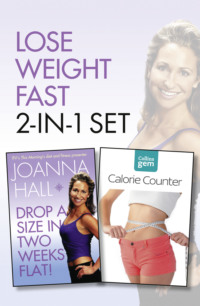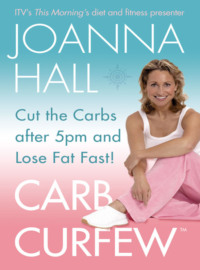The GI Walking Diet: Lose 10lbs and Look 10 Years Younger in 6 Weeks

Полная версия
The GI Walking Diet: Lose 10lbs and Look 10 Years Younger in 6 Weeks
Язык: Английский
Год издания: 2018
Добавлена:
Настройки чтения
Размер шрифта
Высота строк
Поля
Конец ознакомительного фрагмента
Купить и скачать всю книгу






